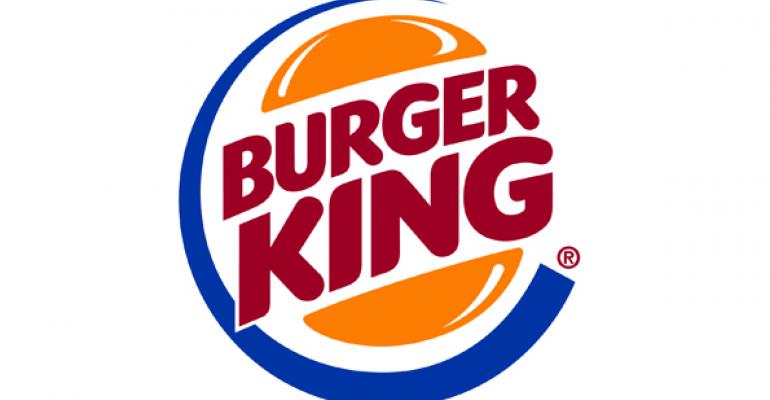 This post is part of the On the Margin blog.
This post is part of the On the Margin blog.
In 2010, 3G Capital, a private-equity fund led by a group of Brazilian investors, paid $3.3 billion for Burger King, a quick-service chain that was struggling with weak sales and angry franchisees.
The deal was mocked at the time because the price was considered high for a chain widely seen in decline. Yet the investor put $1.2 billion of its own cash into the deal, and has made several times that in the years since. 3G then engineered a merger of Burger King and Tim Hortons in 2014. Nobody is laughing now.
In fact, 3G’s success with the burger chain has put immense pressure on other quick-service chains to do the same.
Under 3G, Burger King did four things:
• It quickly refranchised restaurants to operators and connected refranchise deals with remodel requirements.
• It started aggressively developing locations in international markets.
• It cut general and administrative spending to the bone, reducing overhead costs per restaurant by nearly two-thirds, according to David Palmer, managing director with RBC Capital Markets.
• It focused more intently on advertising and marketing.
None of these was particularly earth shattering in and of itself. Franchisors, such as Applebee’s owner DineEquity Inc., have been selling units to operators for years. Yum! Brands Inc., McDonald’s Corp. and others have long ago discovered the benefits of international development. And no investor likes G&A.
But Burger King’s success in combining all of these elements in a notably aggressive fashion has investors yearning for more of it. Investors are giving higher valuations to companies that mimic at least some of the chain’s strategies.
Investors have given companies that are nearly 100-percent franchised valuation multiples ranging from 12.6 times cash flow to 17.4 times cash flow, Palmer said at the Restaurant Finance and Development Conference this week. Franchisors that own 5 percent to 25 percent of their locations get valuations in the 10x to 13x range.
So operators have been shedding locations.
In the past three years, Wendy’s has been selling hundreds of restaurants to franchisees as part of its “System Optimization” program. It is also getting operators to remodel locations as part of the program. It is also buying restaurants from franchisees and steering them to other, preferred operators. Wendy’s is starting to focus on international development.
McDonald’s, which had for years rejected the idea of operating fewer than 20 percent of its locations, is selling thousands of units to franchisees, with plans to operate less than 5 percent of its locations, much like Wendy’s. McDonald’s is also cutting $500 million in G&A spending.
Yum! Brands — which has spent years refranchising units in the U.S. — is refranchising restaurants in other parts of the world. It recently spun off its company-operated China market. Yum is also cutting $300 million in spending so it can operate a leaner organization.
Other companies have refranchised locations in recent years, including TGI Fridays and CKE Restaurants Holdings Inc., among others.
Investors are pushing other companies to do the same. Marcato Capital, the activist investor, is pushing Buffalo Wild Wings Inc. to stop buying franchisees, especially at high multiples, and instead refranchise locations.
“The financial community is demanding and rewarding leaner-cost and higher-return franchised businesses,” said Palmer, speaking at the Restaurant Finance and Development Conference earlier this week.
To be sure, not everyone is adopting the same playbook. Arby’s, somewhat surprisingly, has opted to keep many of its units, betting on generating profits and cash from improvement at its restaurants in recent years.
But as long as investors keep rewarding franchise companies for not owning locations, expect this pressure to continue. And that means more sales of company-operated locations to franchisees.
Jonathan Maze, Nation’s Restaurant News senior financial editor, does not directly own stock or interest in a restaurant company.
Contact Jonathan Maze at [email protected]
Follow him on Twitter: @jonathanmaze

